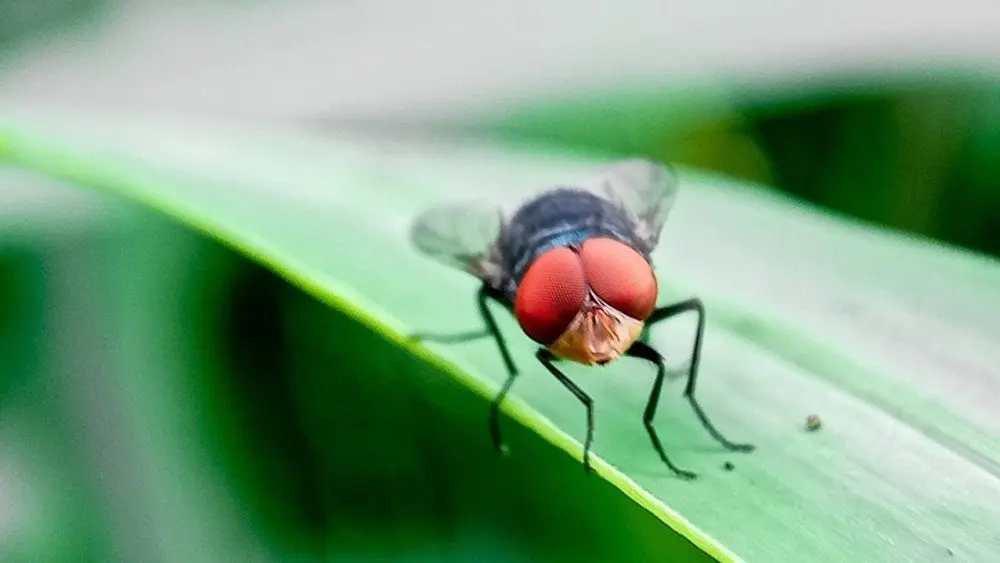
The USDA is pushing back against Texas Agriculture Commissioner Sid Miller. During a conversation with RFD-TV, a USDA spokesperson said Miller is proposing “ineffective solutions” in the fight against the New World Screwworm. In an exclusive statement to RFD-TV, the agency defended its $750 million plan to build a sterile fly production facility at the southern border, calling it the “most aggressive response in U.S. history.”
The USDA also accused Miller of disregarding proven methods for cheap publicity. “USDA, in conjunction with the entire federal government, has launched the most aggressive plan to combat the New World Screwworm in our country’s history, including committing up to $750 million to build a sterile fly production facility near the Southern Border at Moore Air Force Base,” the spokesman said. “Commissioner Miller is blatantly disregarding tried and true strategies in favor of clickbait publicity stunts instead of working with us to find real solutions.”
Miller, for his part, has issued a series of press releases over the past several months outlining his own approach to combatting the pest. In August, he announced that the Texas Department of Agriculture had developed and begun testing a new attractant called “TDA Swormlure,” which he claims can kill up to 90 percent of screwworm flies on contact and complement sterile-fly programs. The department also began working with USDA scientists in Panama to test the lure’s effectiveness. Miller has emphasized that while he supports the sterile-fly release program, he believes additional tools such as attractants, baits, and feed additives are necessary for faster control.
In July, Miller and USDA jointly deployed a similar product, Swormlure-5, across high-risk areas in an “aggressive effort” to suppress screwworm populations. He described the lure as a synthetic bait that mimics the smell of wounds to attract and kill adult flies, stressing that it doesn’t harm pollinators like honeybees or monarch butterflies. Miller later reaffirmed that Texas would “not simply wait” for federal resources if screwworms were detected closer to the border, calling for immediate pesticide bait use following reports of the pest roughly 70 miles south of Texas.
Despite his criticism of federal efforts, Miller has also praised Agriculture Secretary Brooke Rollins for prioritizing the screwworm response. In an August 19 statement, he called USDA’s new facility an “important tool” and said he looks forward to continuing the partnership.
The New World Screwworm (Cochliomyia hominivorax) is a parasitic fly that attacks warm-blooded animals by infesting wounds and feeding on living tissue, often leading to severe injury or death. It was once eradicated from the U.S. but has reemerged in parts of Central America, including southern Mexico. A human case was reported in Maryland earlier this year, though officials confirmed it was travel-related and not linked to domestic transmission.
USDA’s $750 million plan includes building a new sterile insect production and dispersal facility at Moore Air Force Base in Edinburg, Texas. The facility is expected to produce up to 300 million sterile flies each week, drastically increasing capacity beyond the existing production plant in Panama. The agency has also pledged an additional $21 million to expand sterile-fly production in Metapa, Mexico, and strengthen border monitoring, which currently involves more than 8,000 active traps across Texas, Arizona, and New Mexico.
The sterile insect technique, first developed in the 1950s, has long been credited with eradicating screwworms in North and Central America. USDA maintains that it remains the only proven, large-scale method for stopping the pest’s spread. Industry groups like the National Cattlemen’s Beef Association have endorsed the plan, while Texas leaders, including Gov. Greg Abbott and Rep. Monica De La Cruz, have publicly supported building the new facility.
For now, Miller continues to promote his “Swormlure” products as faster-acting complements to USDA’s long-term eradication strategy, while the federal government warns that unproven methods could divert resources from tested solutions. Both agencies agree on one point—containing the screwworm is critical to protecting Texas livestock and the broader U.S. cattle industry.



